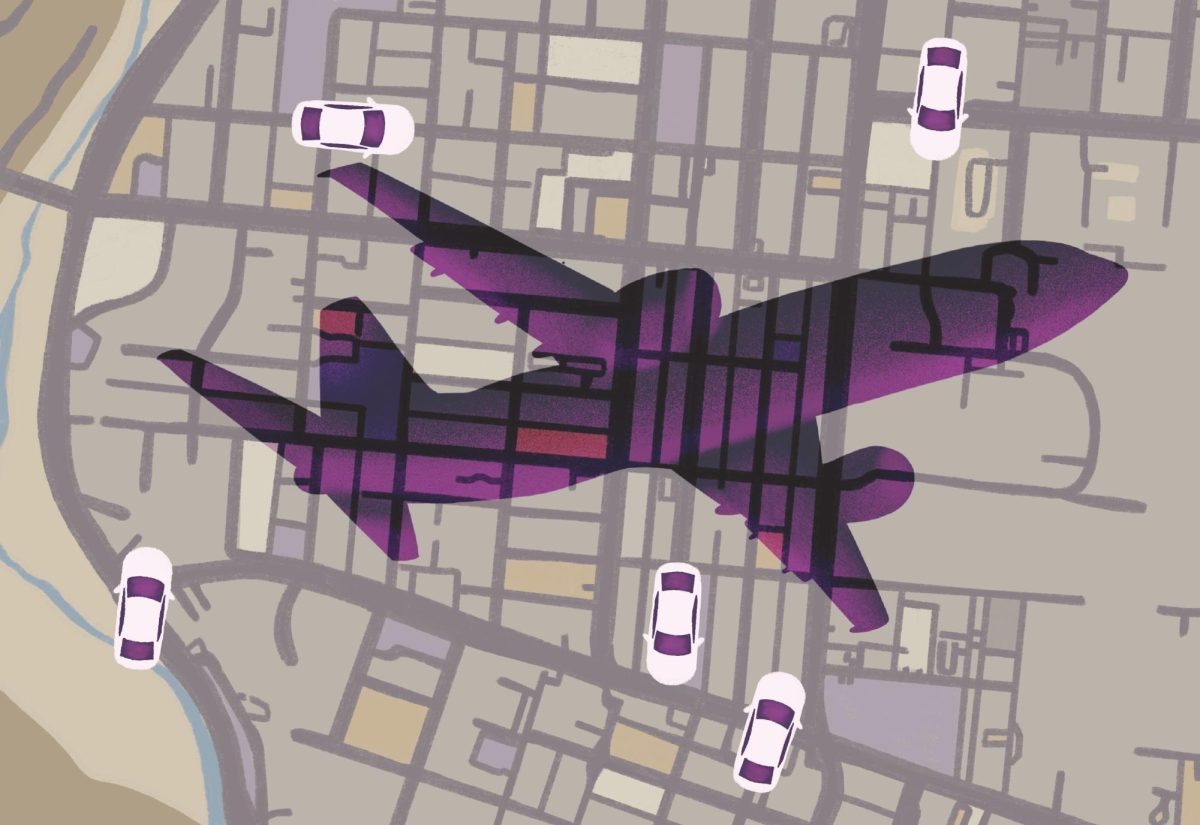The sidewalks in West Campus are in dire condition. Walking through West Campus this past fall, I was appalled to find that some sidewalks are not handicapped-accessible at all. Sections are cracked to a severe degree, and many do not have curb cuts that connect to streets.
In 1990, the Americans with Disabilities Act helped establish requirements for sidewalks that those in West Campus do not meet. This is important, as mobilization is a civil rights issue for disabled students at the University of Texas at Austin. The lack of adequate infrastructure is inhibiting their ability to go about their daily lives, so the sidewalks must be repaved as soon as possible.
The West Campus neighborhood should be one of the first to be fully compliant with ADA standards in Austin. It is important for the surroundings of a world-class university and a dense urban population center to have handicapped-accessible streets and sidewalks to ensure safety and ease of mobility for disabled students.
The city of Austin created the Sidewalk Master Plan to create new sidewalks and prioritize repair of existing ones. Some “high” and “very high” priority sidewalks exist in West Campus, and most others are around Central Austin. Although the majority are outside of West Campus, this neighborhood should be serviced first with the city’s limited funding because of its density and location near campus and downtown Austin.
Justin Norvell, an engineer in Austin’s Public Works Department, explains that the plan has a 10-year schedule with $15 million needed each year. “Currently, approximately $1 million operational funding is dedicated to sidewalk rehabilitation,” Norvell said. “In addition, we estimate approximately $4 million provided by other sources annually … leaving approximately $10 million unfunded.”
The shortfall is too great to accept, as it opens the door for West Campus to continue to be neglected over the next 10 years. Because the plan is operating with such a small budget, the city tries to use low-cost methods — such as concrete lifting — to get sidewalks to ADA functionality requirements. According to Norvell, the severity of the cracks and the lack of existing curb cuts in West Campus do not allow the city to use these low-cost methods. The combination of the budget shortfall and an inability to use low-cost methods effectively leave the sidewalks of West Campus at a lower priority than other projects, further neglecting the needs of disabled individuals at UT.
Of course, there are multiple factors that determine the order of projects that could understandably make West Campus a lower priority. These include project coordination opportunities such as a single project working on sidewalks, street lights and vegetation, opportunities for redevelopment such that developers may address or reconstruct a sidewalk to meet ADA standards and requests from people with disabilities. Some projects, on Rio Grande Street or 27th Street for example, are excellent examples of how new development can help expedite the process of repairing sidewalks.
But the West Campus infrastructure should not improve only at the private developer’s pace. The prioritization methodology also takes into account the proximity to schools, major employers and transit stops, in addition to population density and business of the streets. West Campus fulfills those requirements and should therefore remain a top priority for the city.
Austin needs to raise the $10 million that it currently lacks every year in order to address West Campus in a more timely manner. This is a difficult fix, but there are viable options. Since the city wants to be environmentally and pedestrian-friendly through deterring the use of cars, a portion of this funding should come from a citywide fuel tax. The remaining need should come from a sidewalk bond specific to West Campus similar to ones previously passed. Lastly, the Central Austin Combined Neighborhood Plan should not give developers the ability to opt in to sidewalk guidelines in exchange for larger buildings and denser development — the guidelines must be followed regardless of size.
Part of what makes Austin so great is its world-class university. Part of the University’s clout comes from its ability to serve disabled individuals in order to create a more diverse learning community. So in order for Austin to hold its standing in Texas — and the nation — as a progressive powerhouse, it must help UT support its disabled student body by making the West Campus neighborhood entirely accessible.
Kosinski is a journalism freshman from San Rafael, California.





















